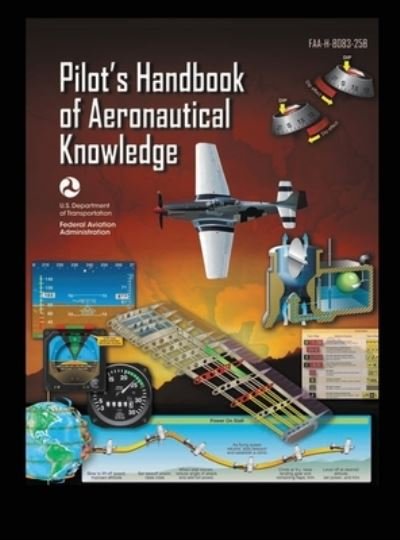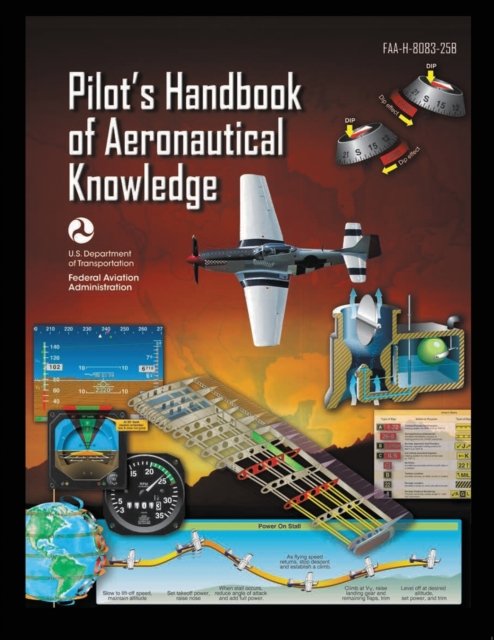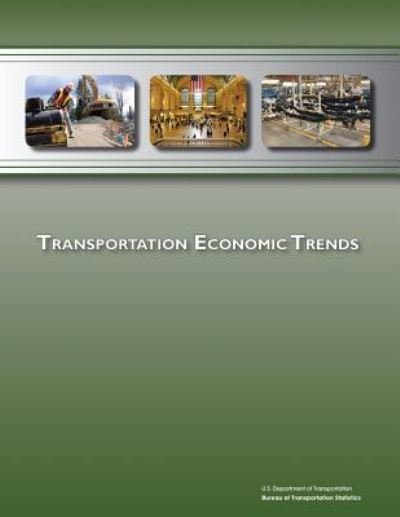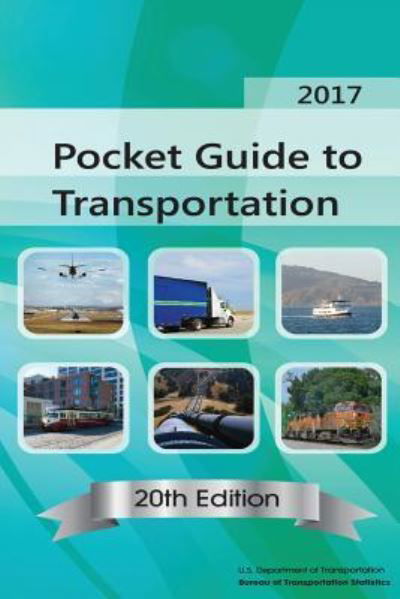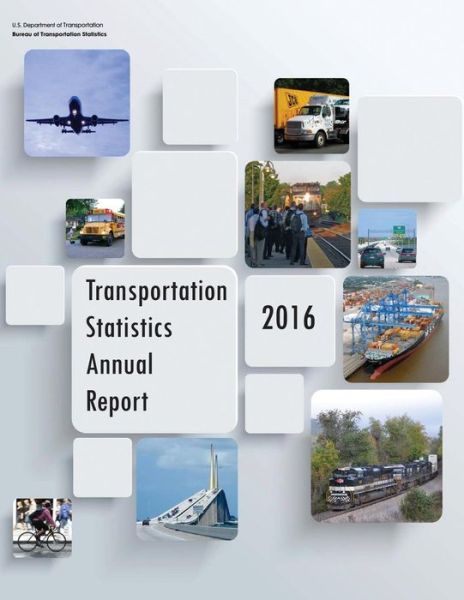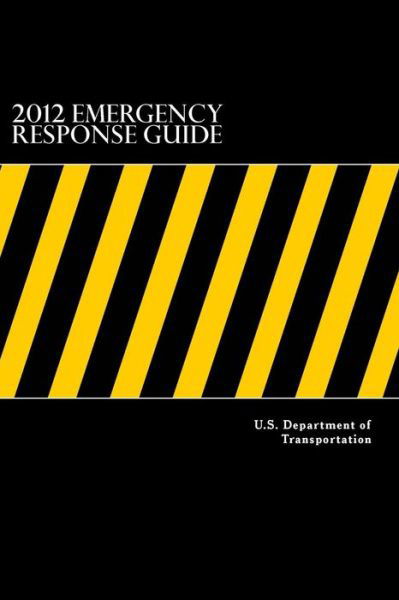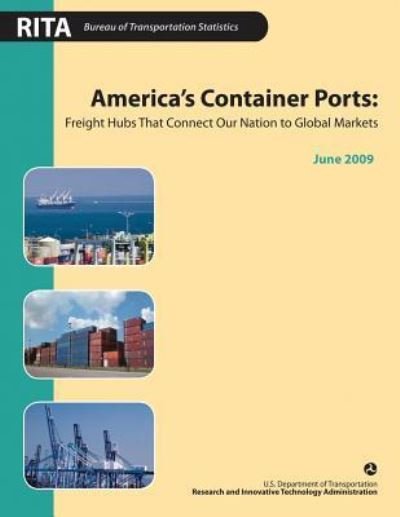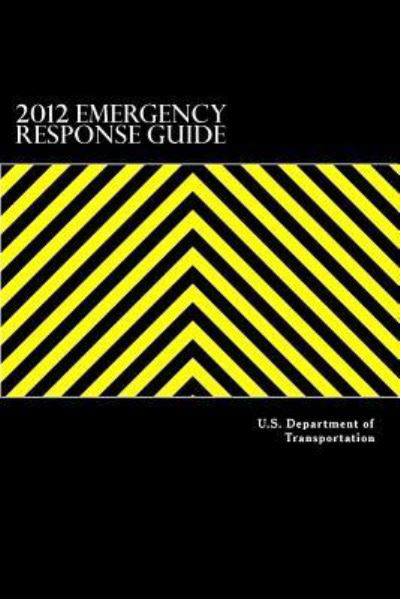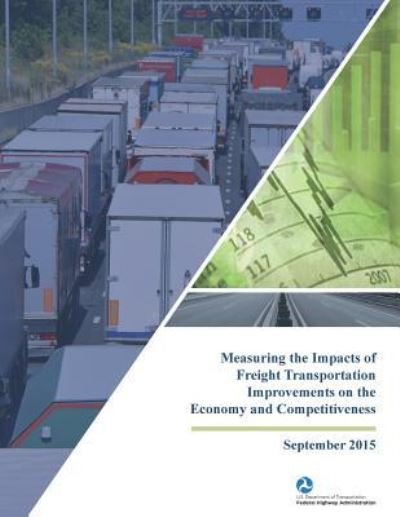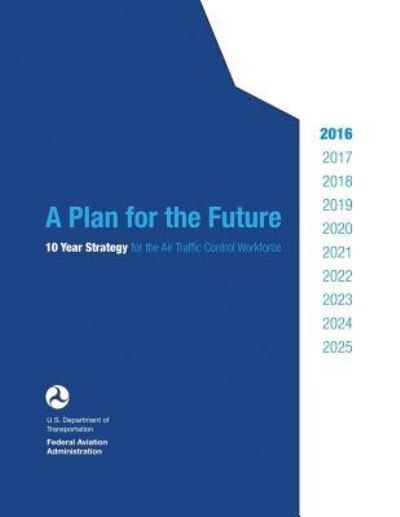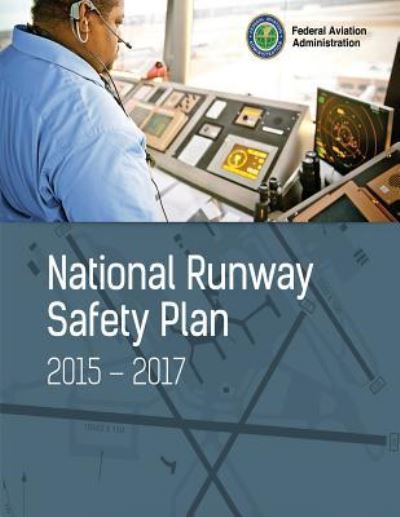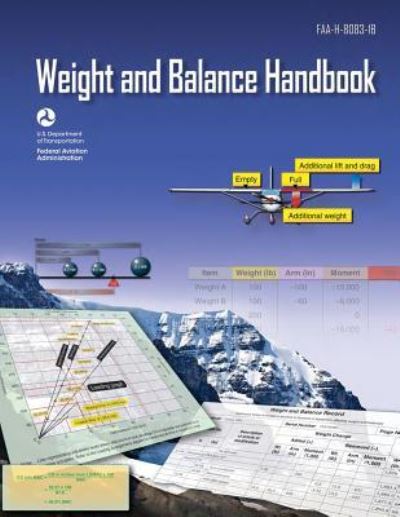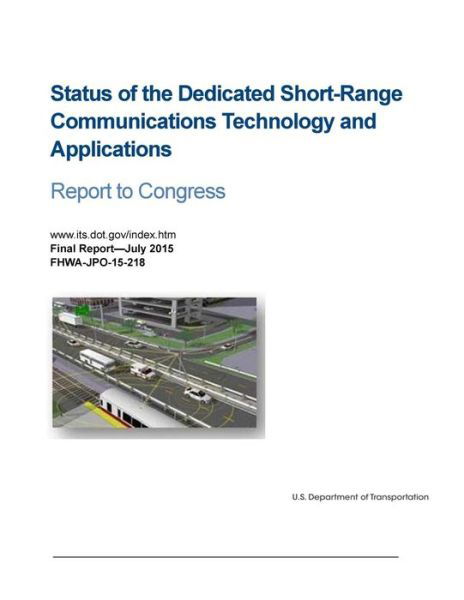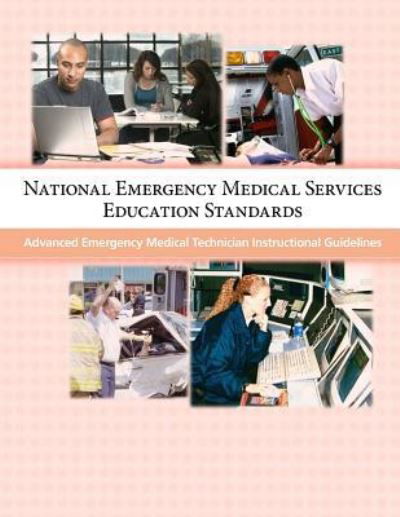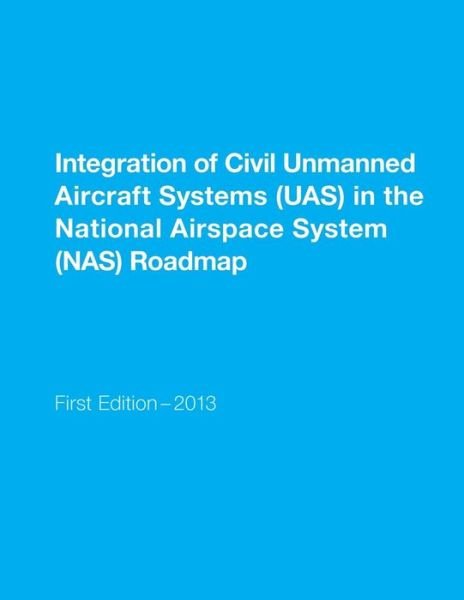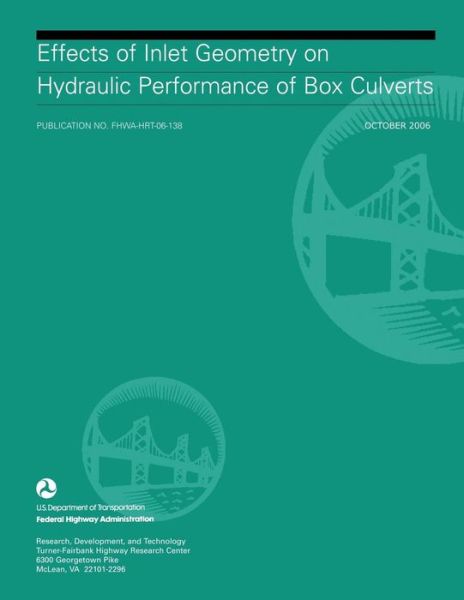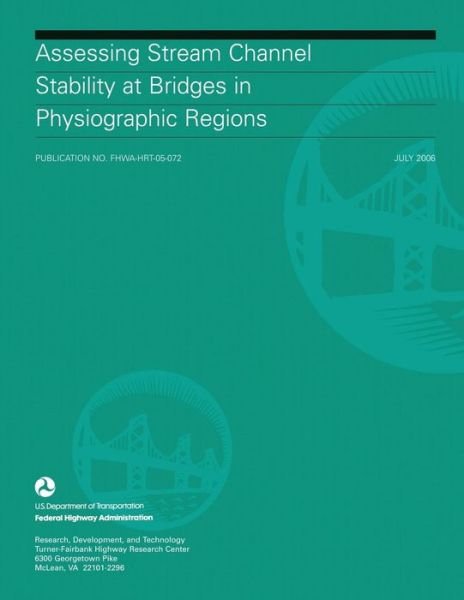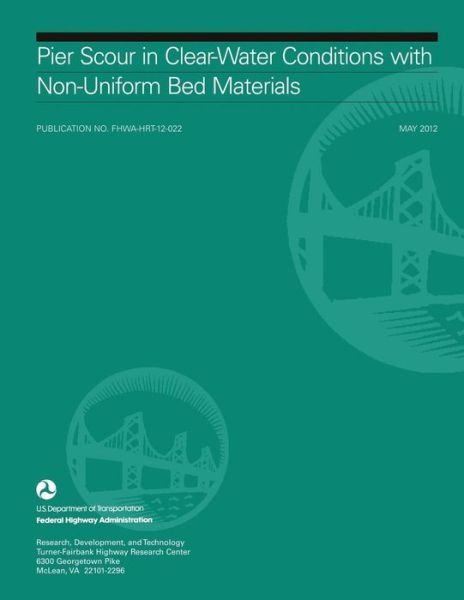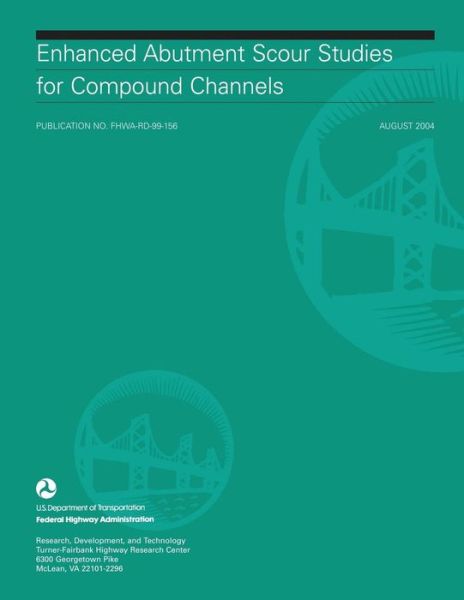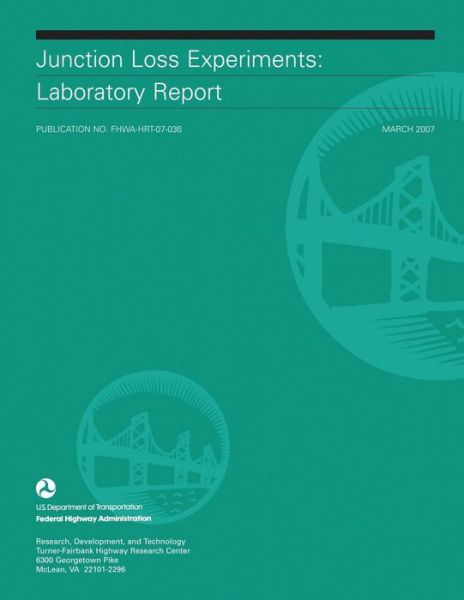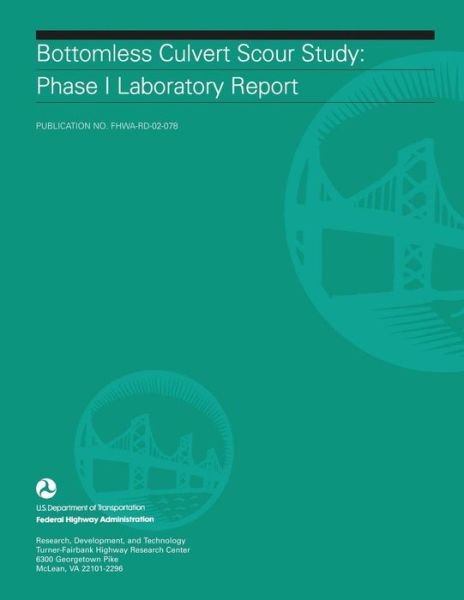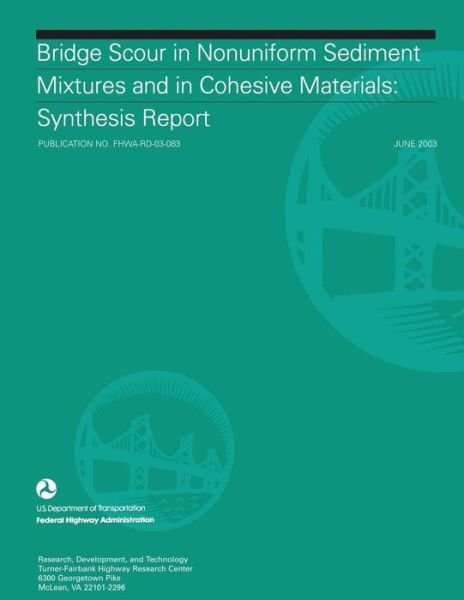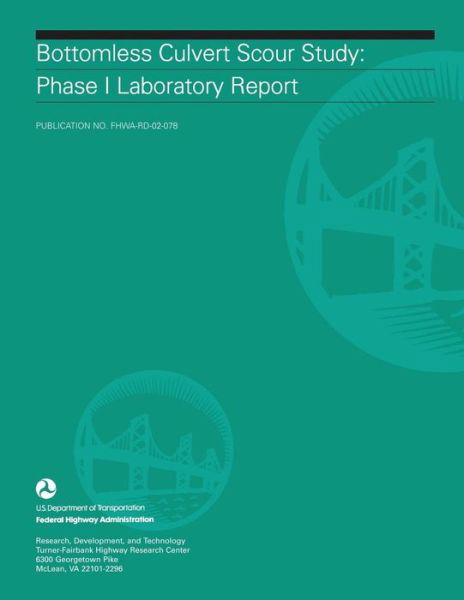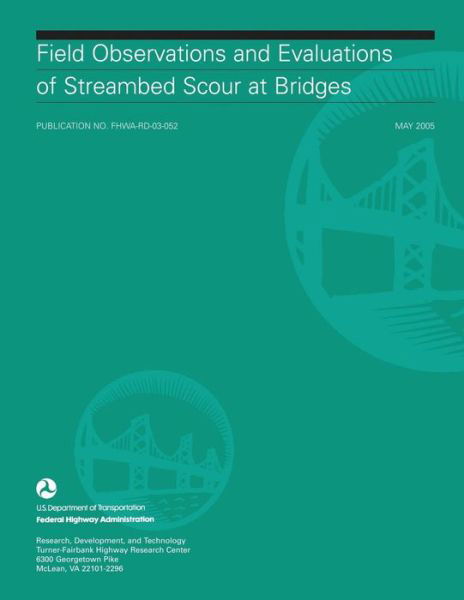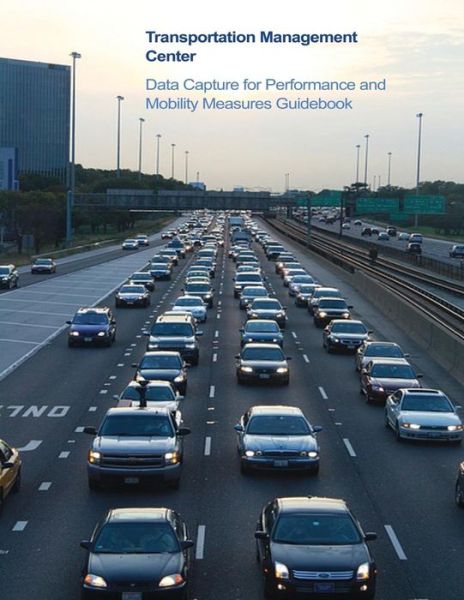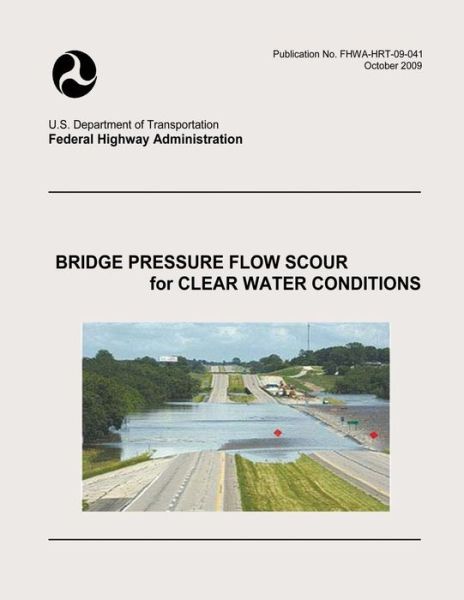
Tell your friends about this item:
U.s.-international Travel and Transportation Trends: 2006 Update
U S Department of Transportation
U.s.-international Travel and Transportation Trends: 2006 Update
U S Department of Transportation
Publisher Marketing: After successive years of decline in the aftermath of the 2001 terrorist attacks, there was a substantial rebound in U. S. international travel in 2004, with most travel categories experiencing growth from 2003. The U. S. outbound travel market grew by 12 percent in 2004 over 2003 totals, with an all time record high number of U. S. visitors (27.4 million) traveling to overseas countries. U. S. residents spent nearly $66 billion on their foreign travel, while foreign residents spent over $74 billion on travel in the United States in 2004. Thus, the U. S. trade balance in travel was positive-almost reaching $9 billion dollars. While most of the travel categories in 2004 were below 2000 levels, there were other notable exceptions aside from U. S. residents traveling to overseas countries. More Mexican residents came to the United States than in 2000, and slightly more U. S. residents took overnight trips to Mexico than in 2000. There was a 5.2 million (12 percent) increase in the number of overnight visitors traveling between the United States and overseas regions between 2003 and 2004. Travel between the United States and Western Europe and between the United States and Asia increased from 2003 to 2004 (12 and 22 percent, respectively). Western Europe and Asia are the top two regions for U. S. bidirectional overseas travel (42 and 22 percent of these trips in 2004, respectively). The 2004 rebound in the Asia traffic followed a setback in 2003 after an outbreak of the Severe Acute Respiratory Syndrome (SARS). Same-day travel across the United States border with Mexico is vastly greater than the volume of travel across our northern border with Canada: U. S. and Mexican residents made a total of 189 million same-day visits to the adjoining country in 2004, compared to 42 million same-day visits across the border by U. S. and Canadian residents in 2004. Blaine, Washington, experienced the largest percentage increase in personal vehicle crossings (10 percent) of any border crossing on the U. S.-Canada border from 2003 to 2004, while Otay Mesa, California, had the largest percentage increase in personal vehicle crossings (26 percent) of any U. S.-Mexican border crossing during the same time period. Massena, New York, on the U. S.-Canada border, and Laredo, Texas, on the U. S.-Mexico border, experienced the largest percentage decreases in personal vehicle crossings between 2003 and 2004 on their respective borders, falling 6 and 0.8 percent respectively. This report presents data on international travel to and from the United States. It combines data from a variety of sources (see box) to provide a more complete picture of U. S.-international travel than is available from individual sources. This report breaks out travel trends (inbound and outbound) with overseas (noncontiguous) countries and our North American neighbors, Canada and Mexico, which account for the greatest number of foreign travelers to the United States. A large number of people travel to and from the United States each year, making use of U. S. and foreign transportation carriers and infrastructure and generating a large amount of economic activity. The magnitude of this travel, involving nearly 340 million visits into and out of the United States in 2004, has far-reaching implications for planning transportation infrastructure, for tourism-related economic development, and for security, both in terms of terrorism concerns and planning for a possible global pandemic. The majority of the travel data in the report covers the period 2000 through 2004, allowing for comparison of international travel in the year immediately preceding and three years following the September 11, 2001 terrorist attacks. Compared to 2000, there were notably fewer U. S.-international trips taken from 2001 to 2004. The lowest period of international travel was in 2003.
| Media | Books Paperback Book (Book with soft cover and glued back) |
| Released | December 7, 2012 |
| ISBN13 | 9781481190817 |
| Publishers | Createspace |
| Pages | 62 |
| Dimensions | 216 × 279 × 3 mm · 167 g |
More by U S Department of Transportation
See all of U S Department of Transportation ( e.g. Paperback Book , Book and Hardcover Book )



